supra ventricular tachycardia (SVT)
Supraventricular tachycardia (SVT) is the name given to several heart rhythm problems that share common features in their circuits and also their treatments.
Of the SVTs, the most common type that we see is one with a circuit located in and around the junction box in the heart (the atrioventricular – AV- node) – called AVNRT: atrioventricular nodal re-entry tachycardia.
Another common type of SVT is one that involves an extra wire in the heart – an accessory pathway. This is a condition that is present from birth but can remain undetected and not cause any symptoms till later in life and sometimes not at all. It is often found by chance on an ECG (heart tracing) when performed for another reason or is picked up as part of health screening. However, not all accessory pathways can be seen on an ECG but when it can be seen, it is often referred to as Wolf Parkinson White syndrome. Accessory pathways can potentially form an abnormal circuit in the heart which when triggered off can cause the heart to beat extremely rapidly.
In rare instances, people with a specific type of accessory pathway who go on to develop additional heart rhythm problems, like atrial fibrillation (AF), which can transmit down the pathway and cause the heart to beat uncontrollably fast and can lead to life threatening rhythm problems.
Thankfully most SVTs do not lead to serious consequences and can be treated by medications and a procedure called an electrophysiology study (EP study +/- catheter ablation) with high success rates with a long-term cure possible in most. Sometimes, when an SVT occurs, a manoeuvre called a Valsalva can be done to try and stop the arrhythmia but is not always effective.
If you are concerned about palpitations or symptoms you have been experiencing, please contact us and we can discuss having a review - to help give you peace of mind.


